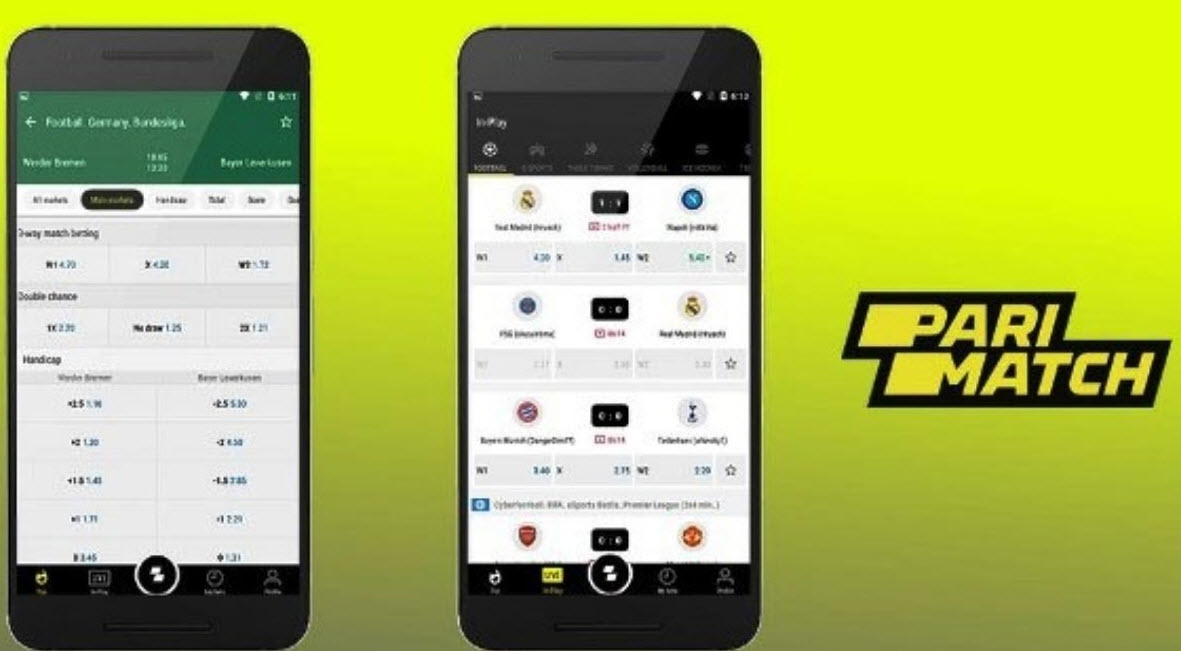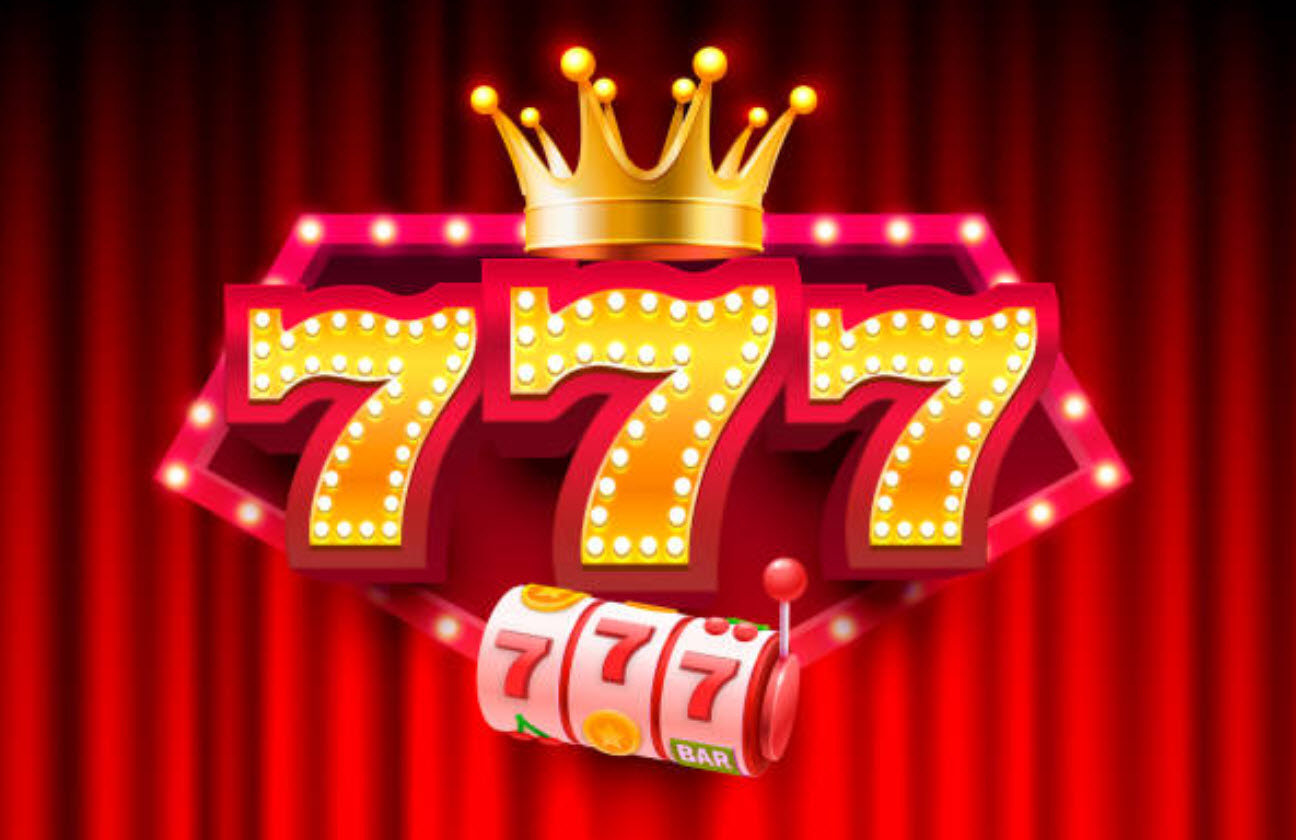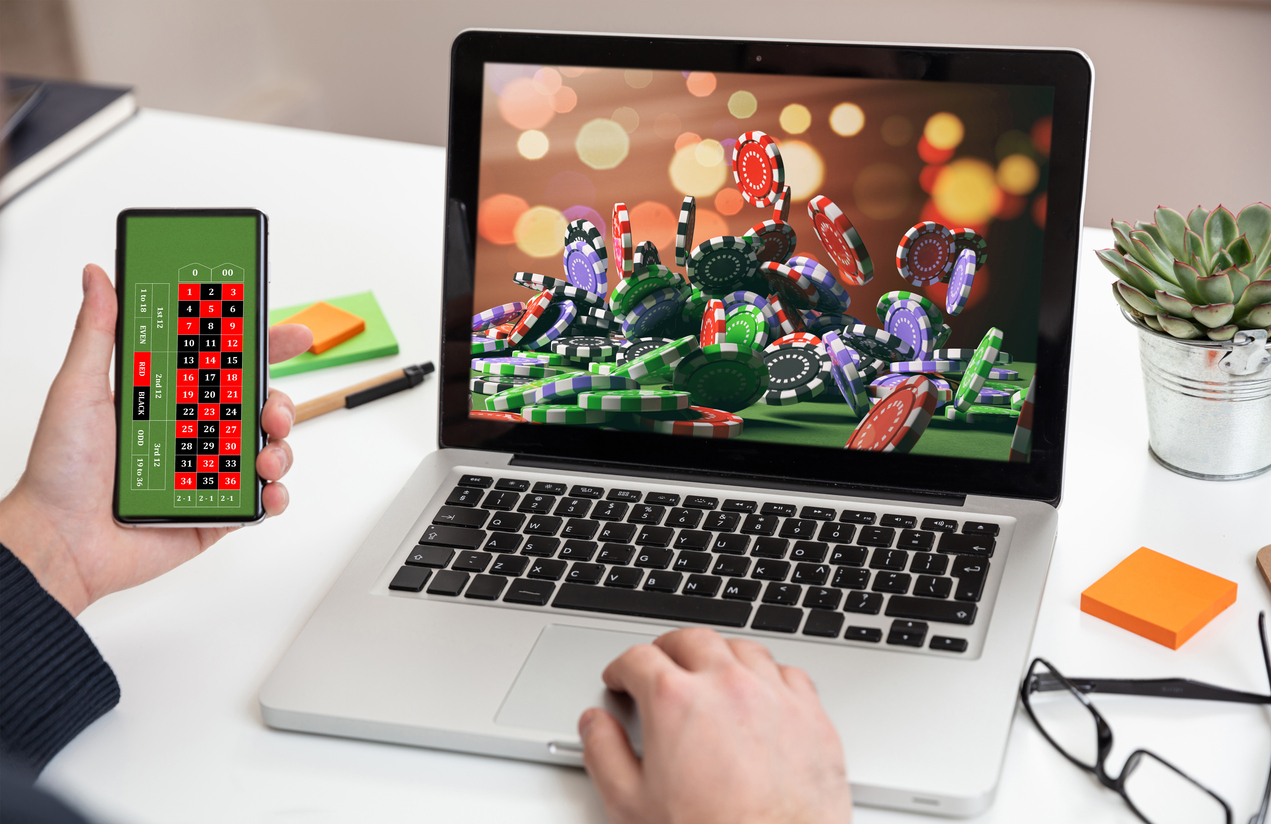
Online slot games have become a staple of the digital gaming landscape, captivating players with their immersive themes, engaging gameplay mechanics, and lucrative rewards. However, behind every successful slot title lies a complex and multifaceted development process that involves a diverse team of designers, programmers, artists, and marketers working tirelessly to bring the game to life. In this article, we delve into the fascinating world of slot game development, exploring the key stages involved in creating some of the most popular titles in the industry.
Conceptualization and Ideation
The development process typically begins with the conceptualization and ideation phase, where the creative team brainstorms ideas for the game’s theme, features, and visual style. This phase is crucial for setting the tone and direction of the game, as it lays the foundation for all subsequent development efforts.
Theme Selection
One of the first decisions developers must make is selecting a theme for the slot game. Themes can range from classic fruit machines and ancient civilizations to pop culture references and fantastical worlds. The choice of theme is influenced by market trends, player preferences, and the developer’s creative vision. Once a theme is chosen, the team begins fleshing out the game’s narrative, characters, and visual aesthetics to ensure a cohesive and engaging player experience.
Feature Design
In addition to the theme, developers must also determine the core features and mechanics that will drive gameplay. This includes deciding on the number of reels and paylines, the types of symbols and special symbols, bonus rounds, and other interactive elements. Feature design is informed by a combination of player feedback, market research, and the team’s own creative instincts, with the goal of delivering a compelling and rewarding gameplay experience that keeps players coming back for more.
Development and Implementation
With the concept finalized, the development team moves on to the implementation phase, where they bring the game to life through coding, artwork, sound design, and animation. This phase requires close collaboration between designers, programmers, artists, and audio engineers to ensure that all elements of the game are integrated seamlessly and function as intended.
Artwork and Design
Artwork and design play a crucial role in defining the visual identity of the game and establishing its aesthetic appeal. This includes creating high-quality graphics for symbols, backgrounds, and animations that capture the essence of the chosen theme. Artwork is typically produced using a combination of digital illustration, 3D modeling, and animation techniques, with an emphasis on attention to detail and visual polish.
Programming and Coding
Behind the scenes, programmers work tirelessly to translate the game’s design into functional code that powers the gameplay mechanics. This involves writing algorithms for random number generation, payline calculations, bonus round triggers, and other core features. Programmers must also ensure that the game runs smoothly across various platforms and devices, optimizing performance and addressing any technical issues that may arise during testing.
Sound Design and Music Composition
Sound design and music composition are integral components of the player experience, helping to create atmosphere, heighten emotions, and enhance immersion. Sound designers and composers work closely with the creative team to develop audio assets that complement the game’s theme and visuals. This includes creating sound effects for spinning reels, winning combinations, and bonus features, as well as composing original music tracks that set the mood and evoke the desired emotional response from players.
Testing and Quality Assurance
Once the game is fully developed, it undergoes rigorous testing and quality assurance to ensure that it meets the highest standards of performance, fairness, and reliability. This involves identifying and fixing bugs, balancing game mechanics, and conducting extensive playtesting to gather feedback from real players.
Bug Testing and Debugging
During the testing phase, QA engineers meticulously comb through the game’s code, graphics, and audio to identify any technical issues or inconsistencies. This includes testing for software bugs, glitches, and compatibility issues across different devices and platforms. Any issues that are discovered are logged and prioritized for resolution, with developers working quickly to address them and ensure a smooth and seamless player experience.
Gameplay Balancing
In addition to technical testing, developers also focus on balancing the gameplay to ensure that it is both challenging and rewarding for players. This involves fine-tuning the game’s mechanics, adjusting the frequency and payout rates of winning combinations, and optimizing bonus features to maximize player engagement and retention. Balancing gameplay requires a combination of data analysis, player feedback, and creative intuition to strike the right balance between risk and reward.
Launch and Marketing
Once the game has passed testing and quality assurance, it is ready to be launched to the public. This involves creating marketing materials, generating buzz, and promoting the game through various channels to attract players and drive engagement.
Marketing Campaigns
Marketing campaigns play a critical role in generating awareness and excitement around the game’s launch. This may include teaser trailers, social media promotions, email newsletters, and influencer partnerships to reach a wide audience of potential players. Developers may also offer special promotions, bonuses, and incentives to entice players to try out the game and spread the word to their friends and followers.
Community Engagement
Community engagement is key to building a loyal player base and fostering a sense of belonging among players. Developers may host live events, forums, and social media contests to encourage interaction and feedback from the community. This creates a feedback loop that allows developers to gather insights, address player concerns, and continuously improve the game based on real-world feedback.
Conclusion
In conclusion, the development of popular online slot titles is a complex and collaborative process that requires creativity, technical expertise, and a deep understanding of player preferences. From concept to launch, developers work tirelessly to create immersive and engaging gaming experiences that captivate players and keep them coming back for more. By leveraging cutting-edge technology, innovative design, and strategic marketing, developers are able to create games that push the boundaries of what’s possible and redefine the online slot gaming landscape for years to come.
You may also like:- Parimatch App – Bonuses | Registration | Online Betting
- Demystifying Progressive Jackpots: How Slot Players Chase Life-Changing Wins
- Discover the Hottest Online Casino Games in India Right Now
- Lucky Jet Online India and Responsible Gaming: Navigating the Thrills Safely
- Pocket Casinos: How Smartphone Slots are Changing the Game in South East Asia
- You Sure On Want To Play These Innovative Casino Games
- Dating Application Security: Protecting Your Privacy in the World of Digital Love
- Hugewin Casino for Beginners: How to Start Playing Without Mistakes
- The Definitive Guide to 1xBet
- How should you play Pin Up Aviator?








